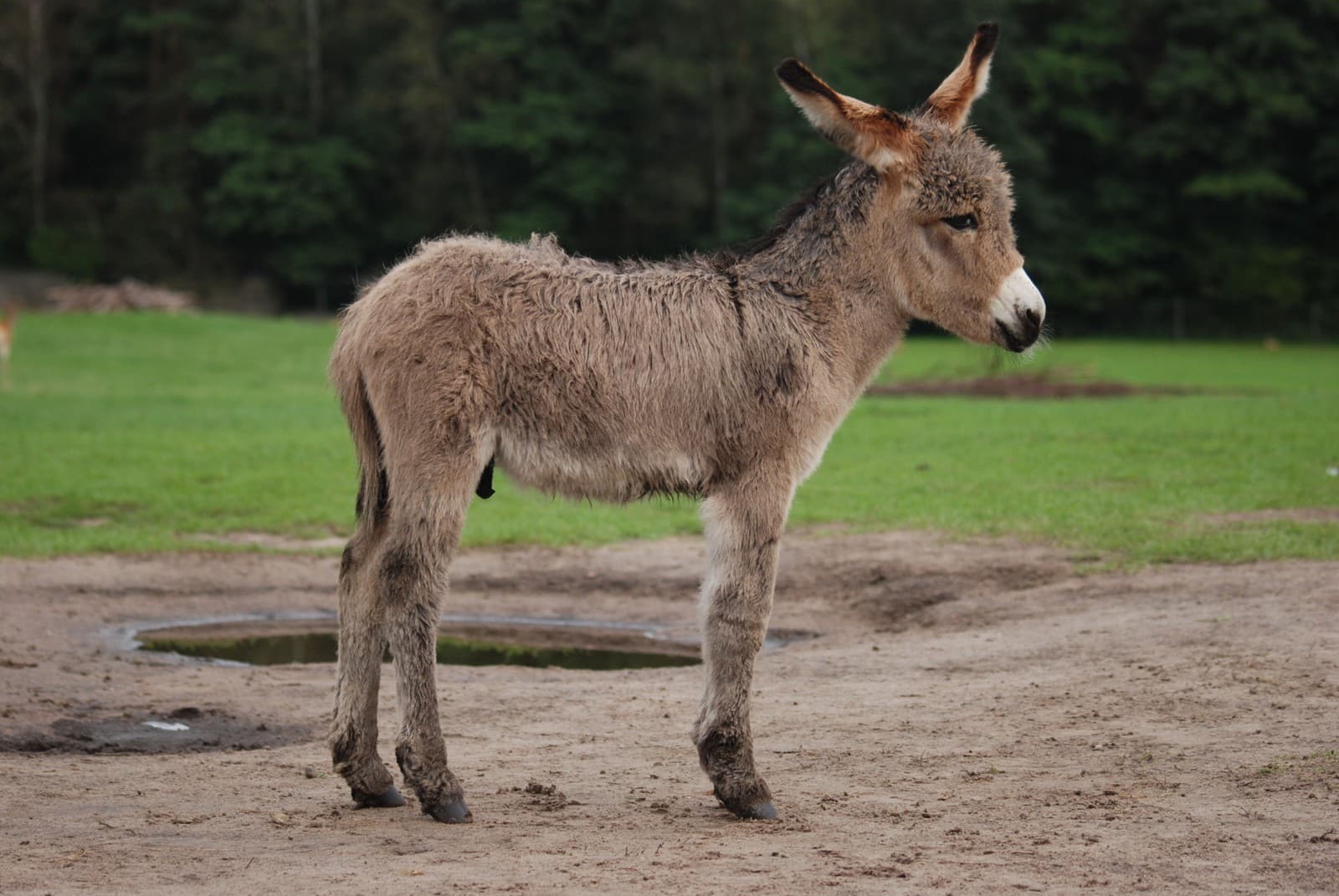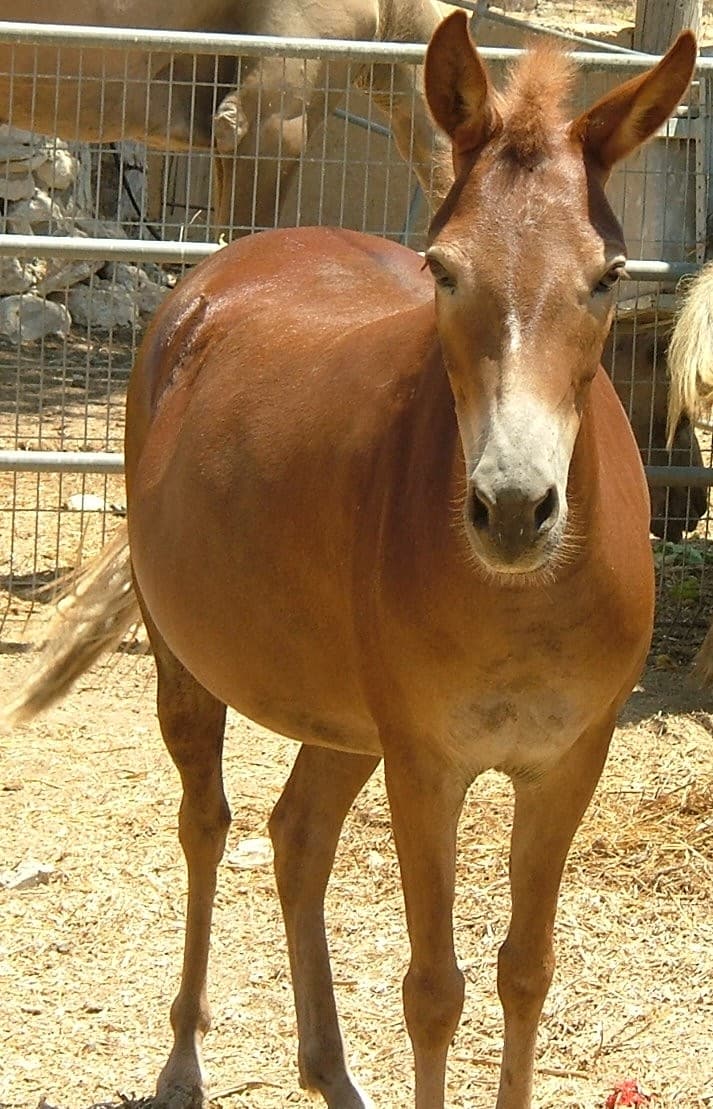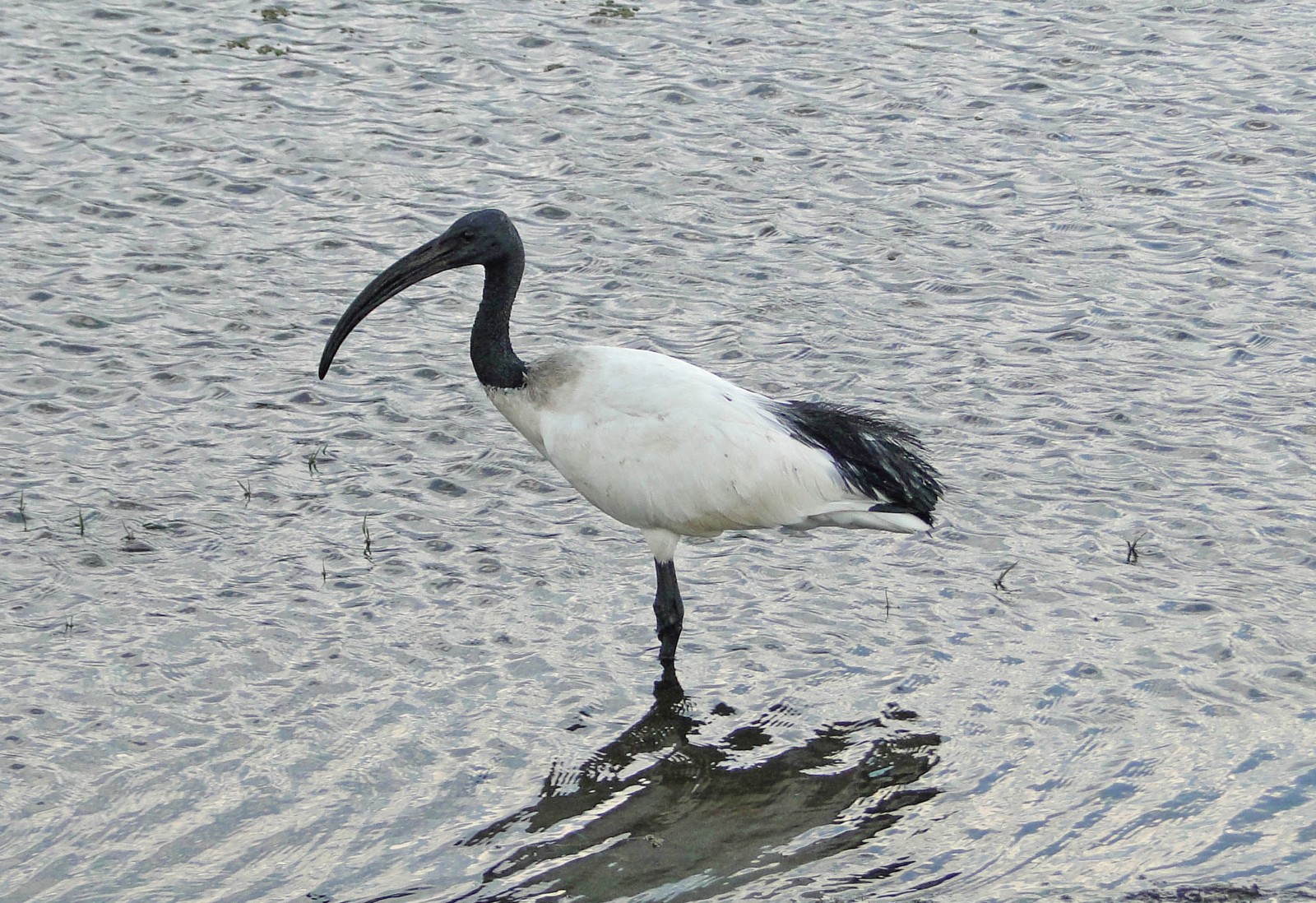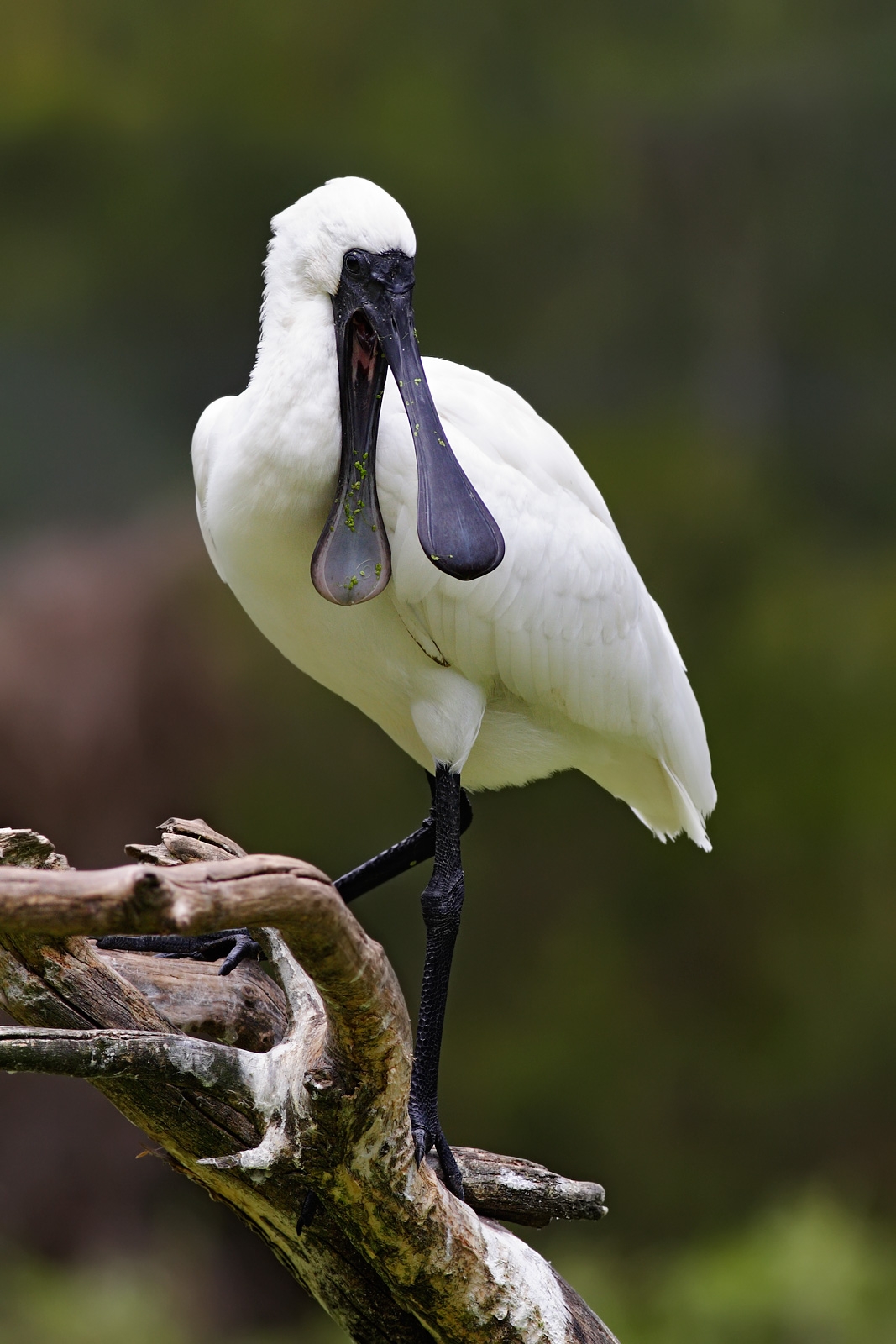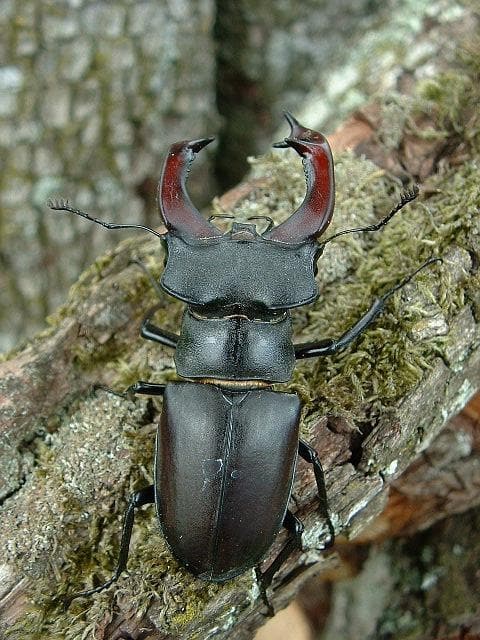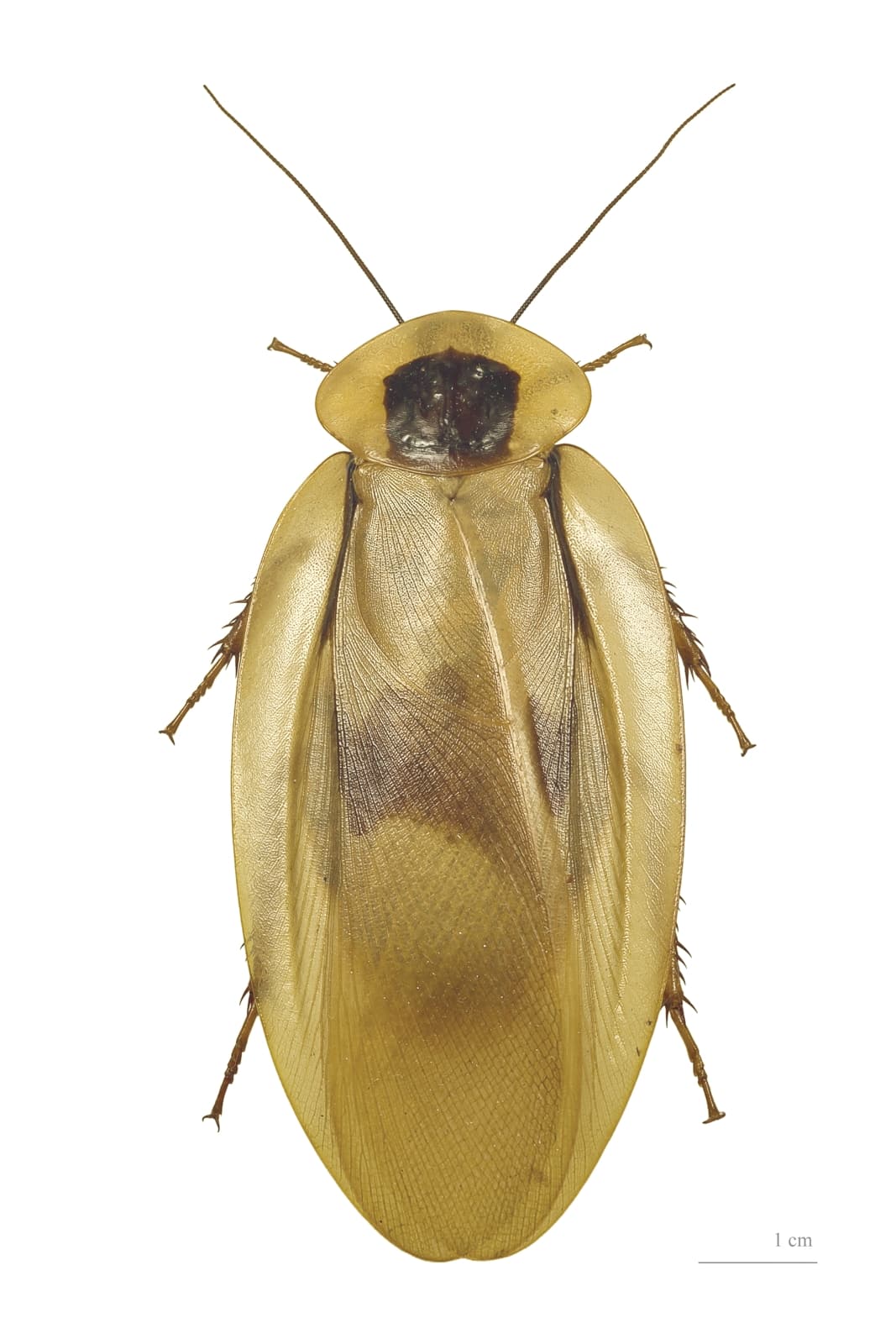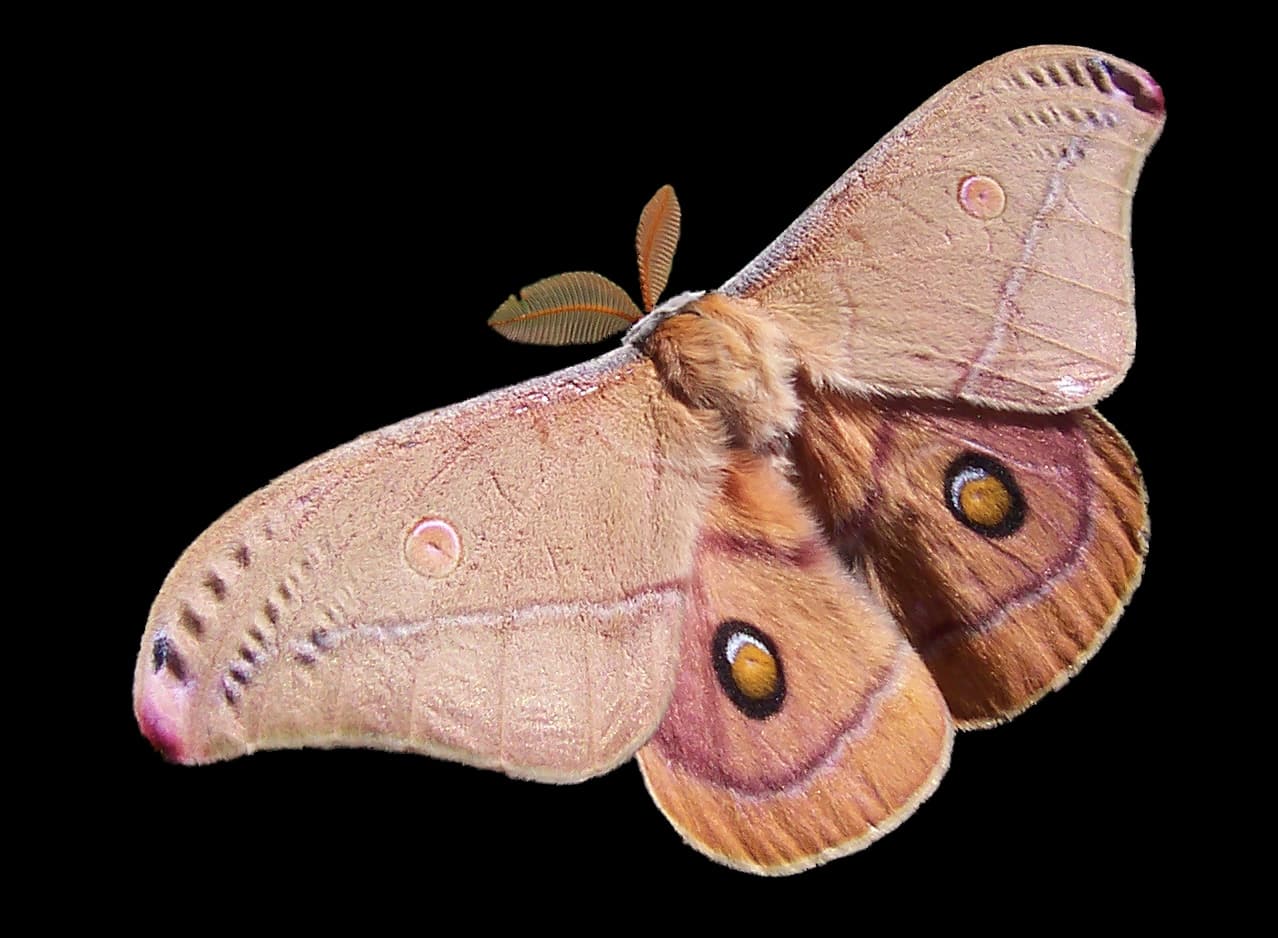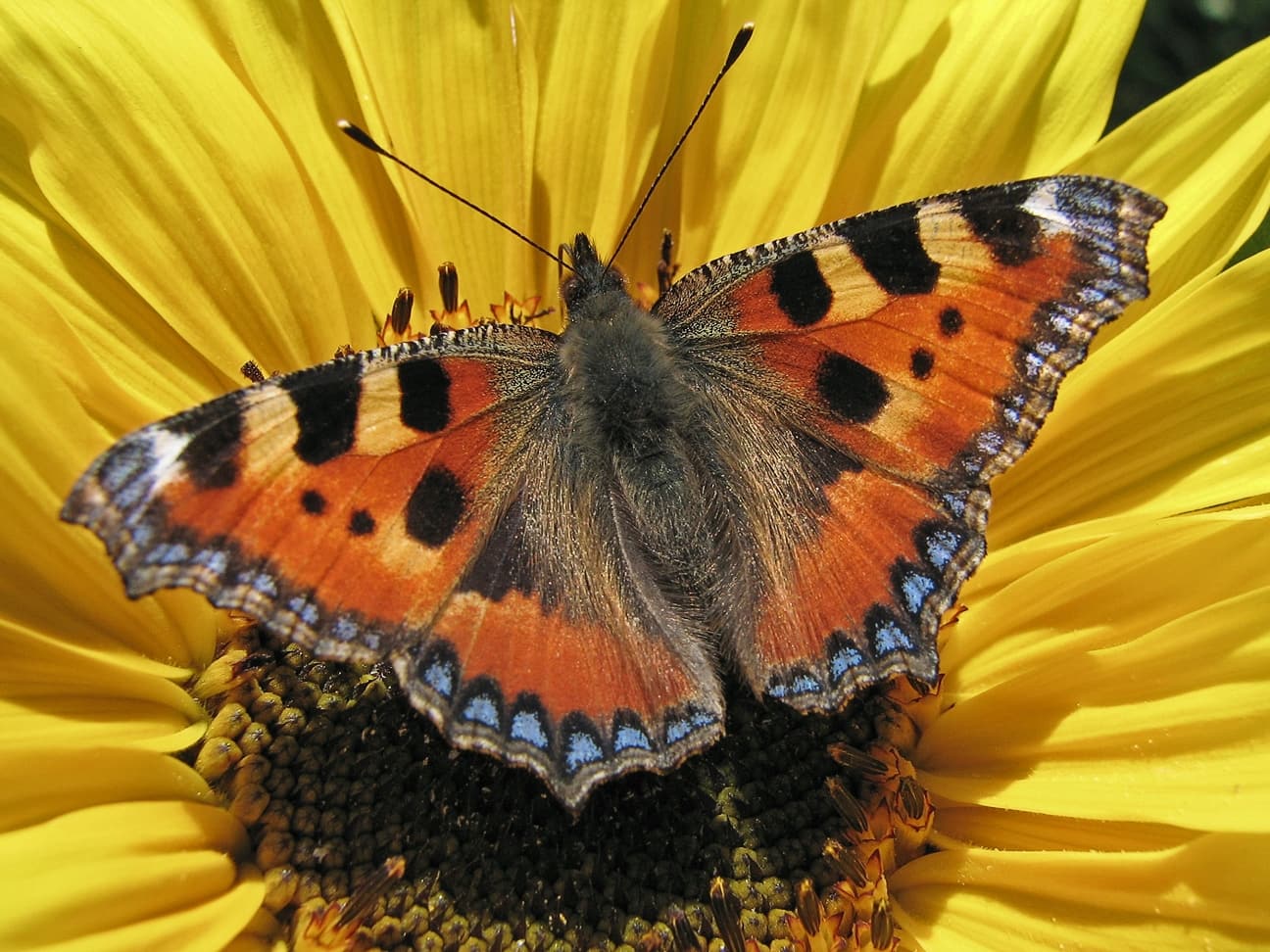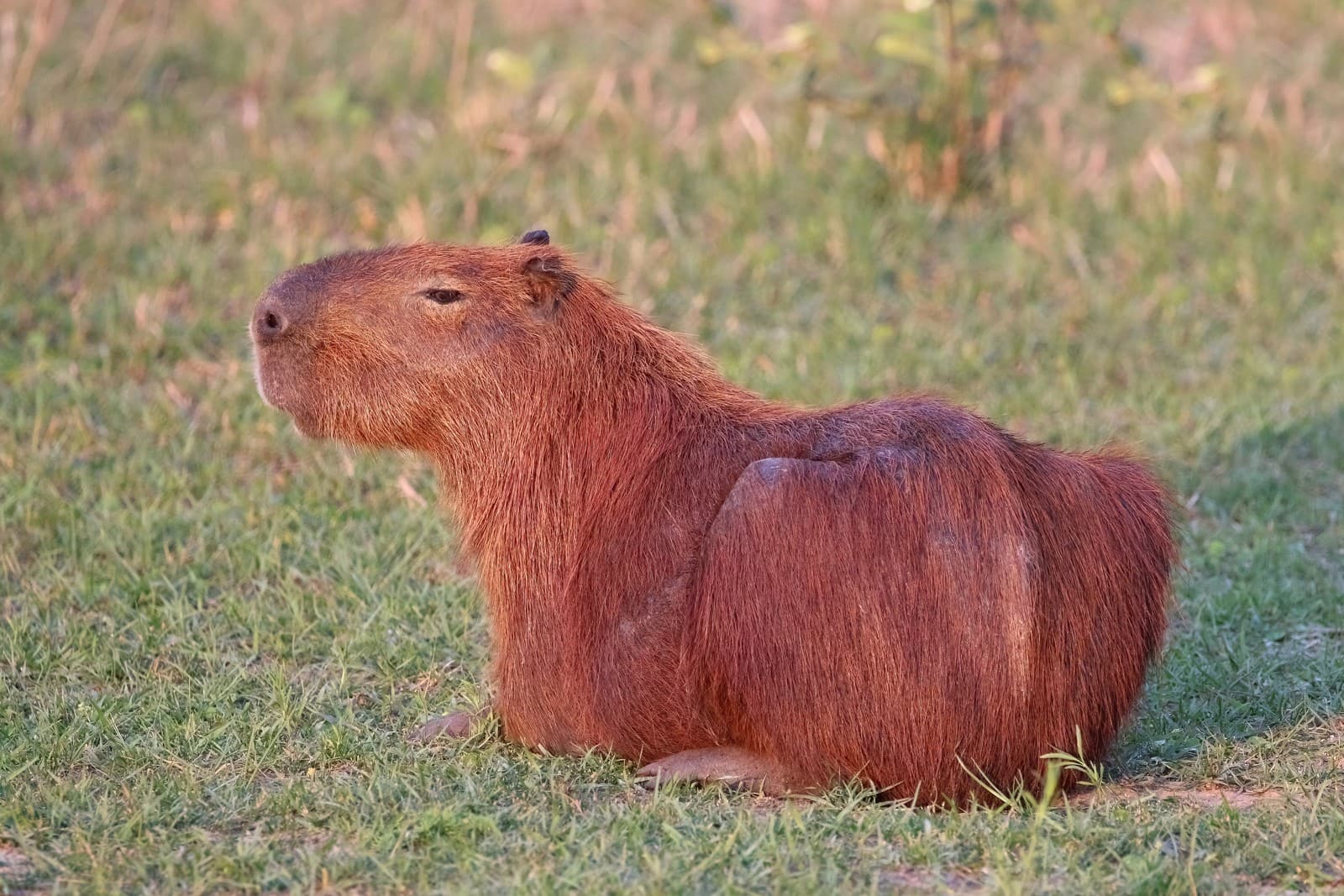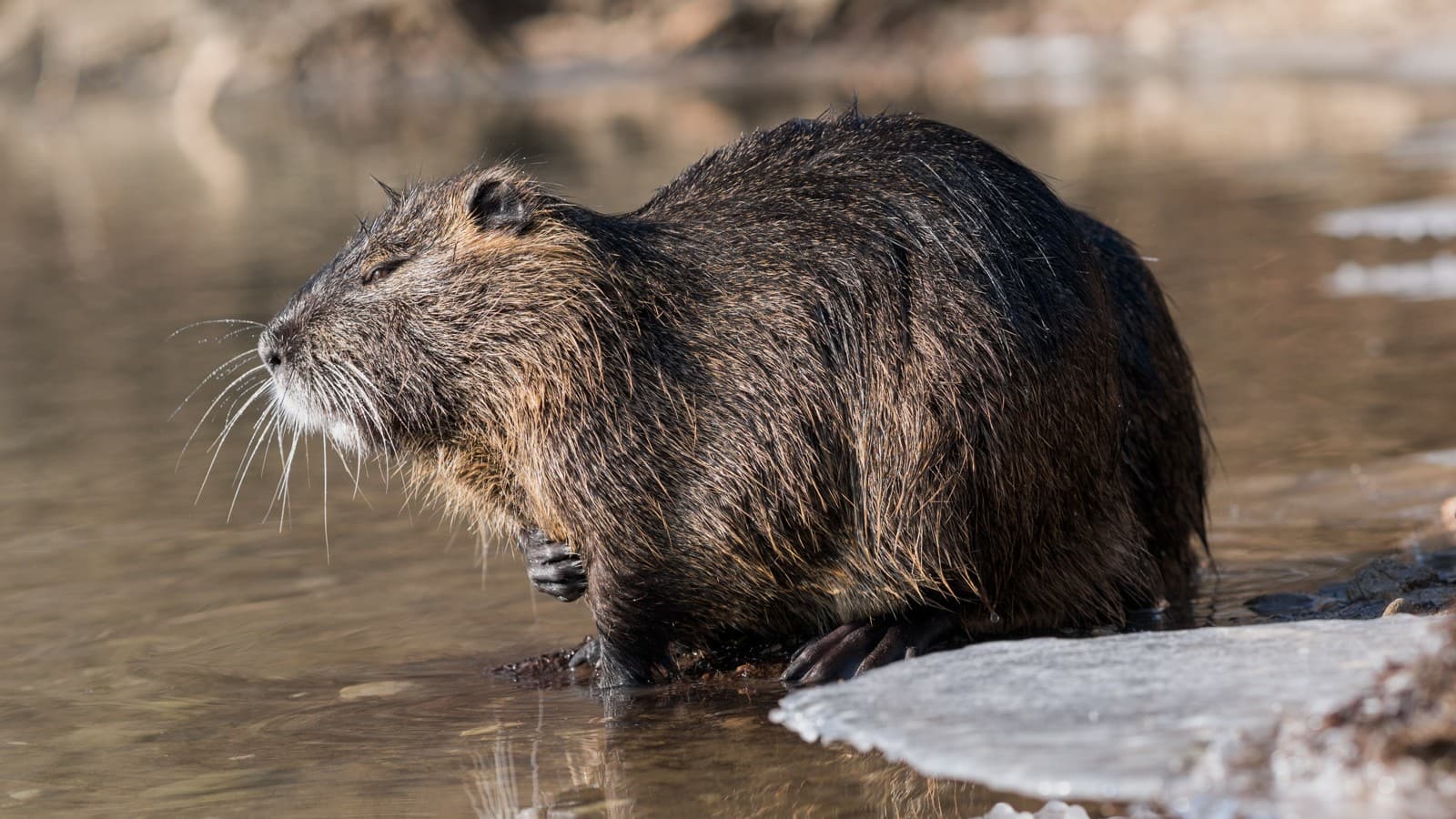Hinny vs Mule: A Complete Comparison
The key difference between a hinny and a mule lies in their parentage: a hinny results from a male horse (stallion) breeding with a female donkey (jenny), while a mule comes from a male donkey (jack) breeding with a female horse (mare). This genetic distinction leads to notable differences in size, strength, and temperament between these remarkable hybrids.
While both animals inherit hybrid vigor, mules typically stand taller at 14-17.2 hands (56-69 inches/142-175 cm) compared to hinnies at 13-14.2 hands (52-58 inches/132-147 cm). Mules are also more common, representing approximately 98% of all horse-donkey hybrids worldwide, while hinnies remain relatively rare due to genetic compatibility challenges during breeding.
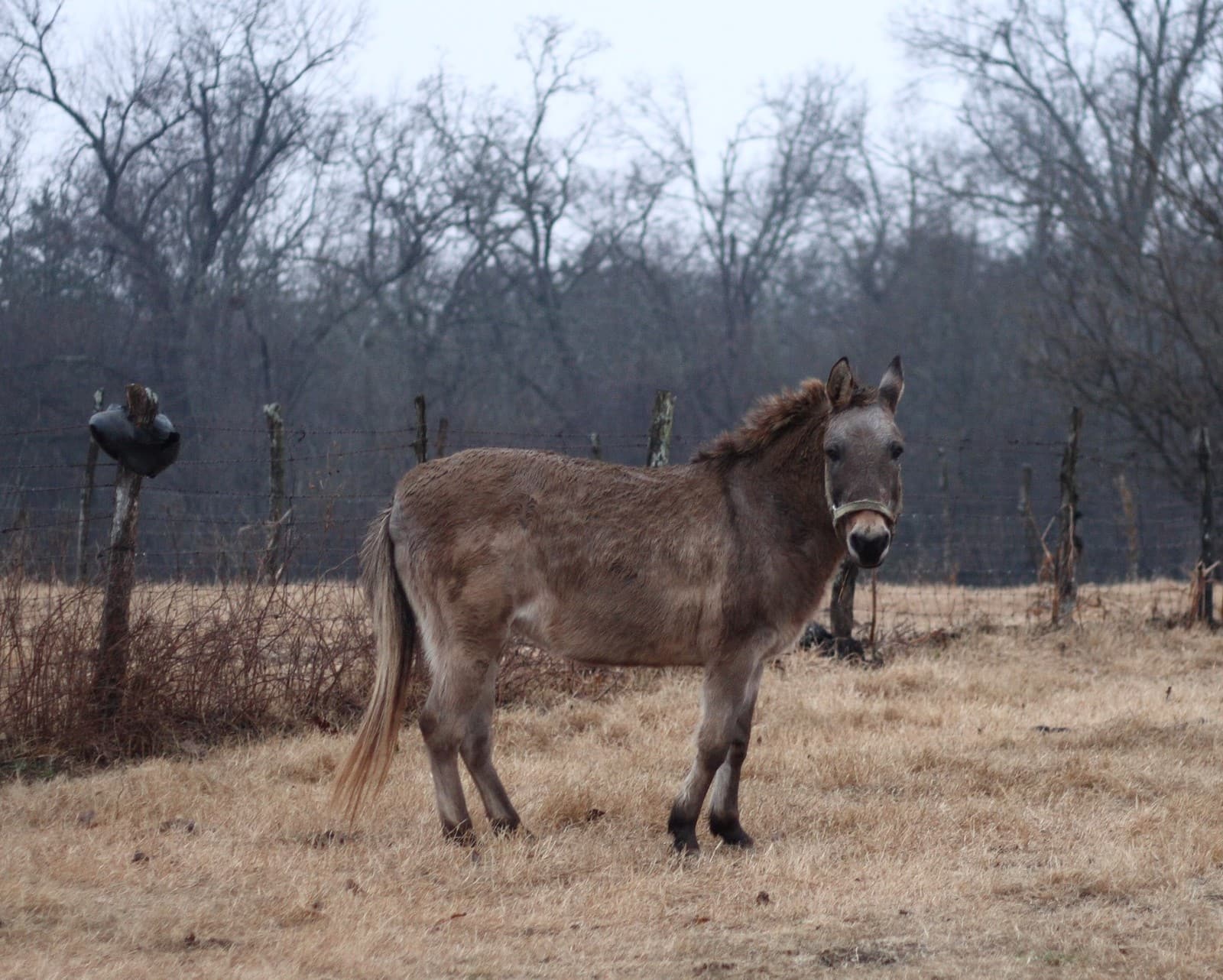
© Ragesoss / CC BY-SA 4.0
The hinny displays distinctive features inherited from both parent species, though generally appearing more horse-like in build with shorter ears than a mule. Note the compact frame and sturdy legs typical of these less common equine hybrids.
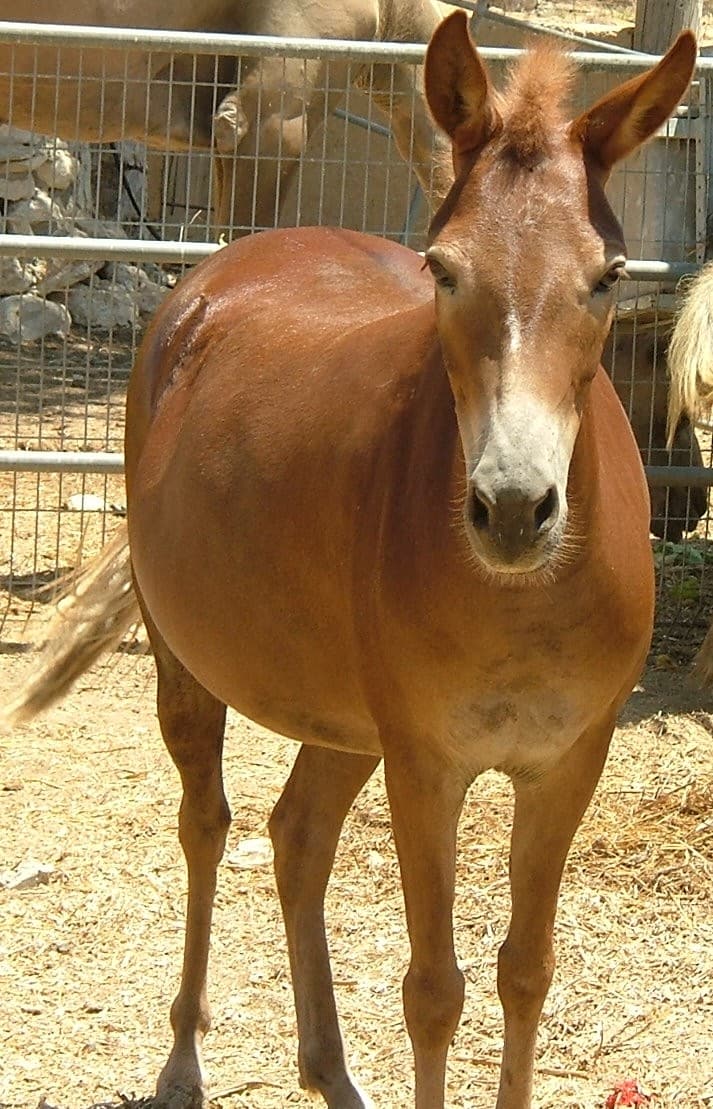
© SuperJew / CC BY-SA 3.0
Mules exhibit more pronounced donkey characteristics, particularly in their ears and facial features. Their larger size and robust musculature make them preferred working animals worldwide.
Key Differences Between Hinnies and Mules
| Feature | Hinny | Mule |
|---|---|---|
| Size | 13-14.2 hands (52-58 inches/132-147 cm) | 14-17.2 hands (56-69 inches/142-175 cm) |
| Build | More horse-like, lighter frame | Larger, more muscular with donkey features |
| Ears | Shorter than mule’s, longer than horse’s | Long, donkey-like ears |
| Temperament | Generally quieter, more timid | More confident, independent |
| Working Capacity | Lower stamina, suitable for light work | High endurance, excellent working animal |
| Availability | Rare, challenging to breed | Common, widely available |
Physical Characteristics and Appearance
Hinnies typically inherit more characteristics from their horse fathers, resulting in a more horse-like head, shorter ears, and thicker mane and tail. Their hooves tend to be smaller and more horse-like, while their body shows a more refined build compared to mules.
Mules, conversely, display more pronounced donkey features, including longer ears, a more angular head, and a distinctive braying voice. Their larger size and more robust musculature make them ideal for heavy work, with stronger hooves and greater endurance than hinnies.
Temperament and Behavior Differences
The temperament distinction between hinnies and mules reflects their unique genetic inheritance patterns. Hinnies generally exhibit:
- Quieter, more docile nature
- Greater dependency on human handlers
- Less stubborn than mules
- More timid in new situations
Mules demonstrate:
- Higher intelligence and problem-solving abilities
- More independent thinking
- Greater confidence in varied situations
- Stronger self-preservation instincts
Working Capabilities and Uses
Hinny Working Traits
- Better suited for light riding and driving
- Lower stamina for heavy work
- More appropriate for smaller tasks
- Often used in recreational riding
Mule Working Traits
- Exceptional endurance for heavy labor
- Superior heat tolerance
- Stronger carrying capacity
- Preferred for agricultural and pack animal work
- More sure-footed in difficult terrain
Breeding and Genetics
The rarity of hinnies stems from chromosomal compatibility issues between horse stallions and female donkeys. Male donkeys possess a special sex-linked gene that promotes embryo development, making mule production more successful. This genetic factor explains why mules represent the vast majority of horse-donkey hybrids worldwide.
Both hinnies and mules inherit 63 chromosomes (32 from the horse parent, 31 from the donkey parent), resulting in sterility. This odd chromosome number prevents successful reproduction, making both hybrids genetic dead ends despite their valuable working qualities.
Care and Management Considerations
Proper care requirements differ slightly between these hybrids:
Hinny Care:
- Regular exercise suitable for their smaller frame
- Diet similar to horses
- More susceptible to health issues
- Require gentler handling methods
Mule Care:
- Need consistent, firm handling
- More resistant to parasites and diseases
- Thrive on slightly less feed than horses
- Require regular hoof care despite stronger hooves
Understanding these distinct characteristics helps owners and handlers provide appropriate care while maximizing each hybrid’s unique potential for work and companionship.
